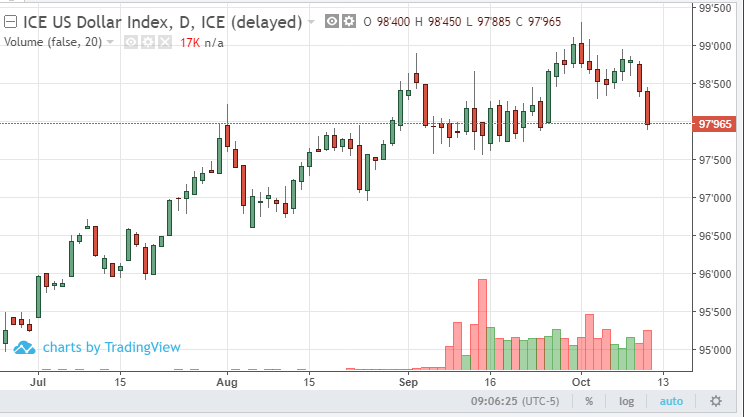
U.S. dollar futures are 40 points lower Friday morning, while foreign currencies gain upside momentum as the market reacts to Chairman Powell’s comments regarding treasury buybacks. Given the liquidity squeeze in the money supply, and the relentless strength in the U.S. dollar this year, it was only a matter of time before the Fed was forced to unravel, what is essentially, another round of quantitative easing. The chairman announced Wednesday that America’s central bank would buy back approximately $20 billion monthly in treasury debt, injecting much needed liquidity into the U.S. economy and breaking the dollar down off its highs, at least temporarily. This should adjust the huge disconnect between the greenback and the currencies of other developed economies. In particular, the British pound is showing strength this week. Investors are hopeful that an end to the ongoing Brexit situation is imminent.
Technically speaking, the pound has been depressed over the last few months and has finally carved out a base. The euro is catching a bid despite severely depressed manufacturing data out of that economic zone. This is likely a “win-by-default” scenario, as the dollar takes a breather after its strong run. Safe-haven currencies are selling off, as the Chinese trades talks are apparently “going very well”. The leaders are in Washington again on Friday, and any signs of tension could initiate reversal moves quickly. Investors are not expecting a complete deal but are looking for some concessions and perhaps an interim deal to satisfy markets in the short-term. While the currency sector appears to be reversing trend, I believe the dollar will fight to hold within the September range during Q4 before moving higher next year.



